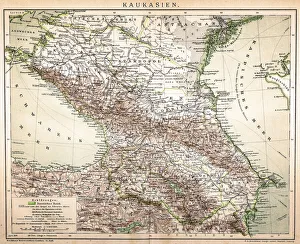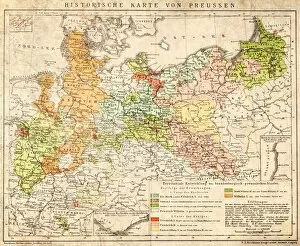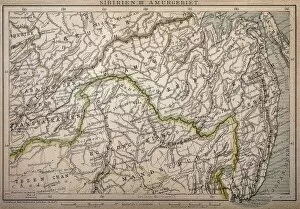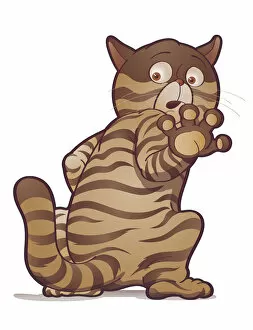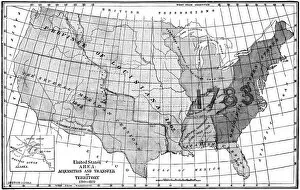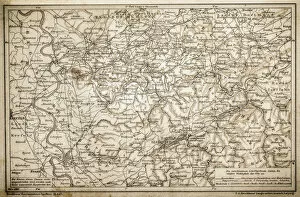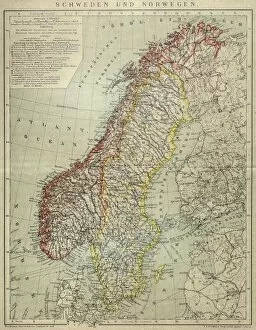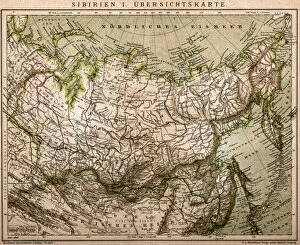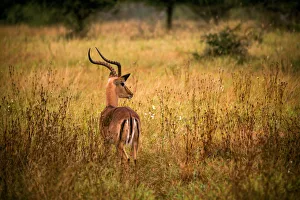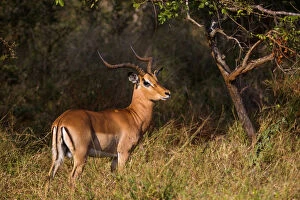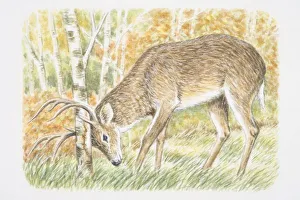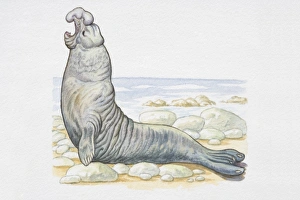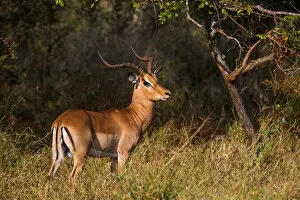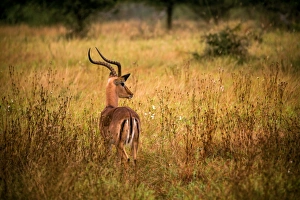Territorial Animal Collection
"Exploring the Territorial Instincts: From Ancient Caucasus to Prussian Dominance
All Professionally Made to Order for Quick Shipping
"Exploring the Territorial Instincts: From Ancient Caucasus to Prussian Dominance, and Beyond" This captivating journey through maps and wildlife showcases the fascinating world of territorial animals. Just like these historical territories, animals too have their own boundaries that they fiercely protect. Starting with an old Caucasus map, we delve into the intriguing nature of territoriality. And what better way to understand this concept than observing a relaxed cat? With its calm demeanor, it marks its territory subtly yet effectively. Moving on to Siberia's Amur region, we witness how even vast landscapes are divided among different species. Similarly, in the United States' history of acquiring and transferring territories from 1780 to 1870, we see how humans also assert their dominance over land. The Rheingau and Rhenish-Westphalia coals take us back in time as we explore Prussia's historical map. Just as these regions were claimed by powerful forces in the past, so do coyotes or American jackals mark their presence across North America. Venturing further north towards Sweden and Norway, we encounter another example of territorial behavior among animals. Even amidst breathtaking natural beauty, boundaries are drawn for survival. Siberia outlines itself on our exploration path once again - a vast expanse where various creatures establish their domains against harsh conditions. It reminds us that territory is not limited to human borders; it extends far beyond them. Finally, our journey concludes with a mesmerizing view of a male impala in Kruger National Park – adorned with lyre-shaped horns and striking markings. This majestic creature exemplifies how territorial instincts manifest themselves even within South Africa's diverse ecosystems. Intriguingly complex yet universal in nature, territoriality shapes both human history and animal kingdoms alike. As we unravel these hints from maps and observe wildlife behaviors closely intertwined with notions of space ownership – one thing becomes clear.

